By Lacoyra Lynn
As stated by David Von Drehle, “History is not just about the past. It also reveals the present.” This is clear when you consider how housing and race interact in our community and country. The United States was founded off the oppression, indoctrination, and enslavement of Indigenous and Black people. Throughout our nation’s history, Indigenous people, Black people, and other people of color have suffered at the hands of greed and apathy. Indigenous people were pushed from their homes onto small, secluded reservations. Black people were subject to slavery, and if not enslaved they were subjected to the slums -- rundown, crowded, and harsh living conditions. Black, Indigenous, and other people of color are still experiencing isolation, poor living conditions, and discrimination in the housing market. However, more specifically, Black and Latino people are the ones suffering from these issues the most in Gainesville.
First, consider housing segregation. During the early 1900s, the federal government established a program to increase housing by noting which neighborhoods consisted of either “desirable” candidates or “risky” candidates for mortgage loans, also known as redlining. Redlining exacerbated residential segregation and further disadvantaged people of color, especially Black people. Due in part to these policies, residential segregation between Black and White people in Gainesville and Alachua County is strikingly apparent. There are several neighborhoods which are nearly 100 percent White or 100 percent Black (Statistical Atlas). This isn’t surprising since several of these neighborhoods even used to have racial covenants that prevented non-White people from living there (Imagine GNV Comprehensive Plan 2030). Residential segregation matters because where people live dictates their access to transportation, health care, job opportunities, education, and more. With so little of Gainesville’s resources being on the east side, many minorities, specifically Black people, are missing out on essentials towards a better life.
In terms of living conditions, Black people suffer the most from housing problems in Gainesville. Around 20 percent of Black households in Gainesville have no mechanical air condition systems of any kind (Understanding Racial Inequity in Alachua County). Florida’s weather is too hot for this to be a reality of any kind. People may question why they can’t just move. But even if they could acquire the needed wealth to do so, they are still likely to be discriminated against when looking for a home. For example, as of 2018, “45 percent of African Americans report experiencing discrimination when trying to rent or buy housing” (Discrimination in America: Final Summary).
People of color are also disproportionately impacted by unaffordable housing costs. As outlined by the City of Gainesville’s recent Exclusionary Zoning & Inclusionary Zoning Study, there are several conditions which contribute to unstable and unequal housing outcomes in Gainesville: racial segregation, housing cost burden due primarily by low-incomes, and new rental housing disproportionately benefiting student renters. In each of these conditions, Black and Latino people are the ones most disadvantaged. While locally, most White people are able to build wealth through homeownership, more than two-thirds of Black and Latino households are renters, and even then, the average rental unit is currently only affordable to the typical White or homeowner household in Gainesville. As rent continues to skyrocket and wages stay low, things will only get worse for Black and Latino people. Despite knowing this, many of the solutions that are proposed to make housing more affordable target moderate-income households (80% to 120% AMI).
This is a problem because, on average, people of color have less income than their White counterparts. For example, in Alachua County, the median White household makes about $52,000 per year, but for Black people it is around $27,000 and for Latino people it is around $32,000 (Understanding Racial Inequity In Alachua County). Not only this, but a huge proportion of people of color are in poverty. Given that the Black population only makes 54 percent of the overall AMI, any affordable housing solutions which target 60 percent, 70 percent, or 80 percent leave out most of the people who have historically needed it the most. If we want to improve affordable housing to include Black and Latino people, we need to focus on 50% AMI and below.
In the United States, affordable housing and homeownership is one of the greatest catalysts towards financial upward mobility, stability, and well-being. Despite efforts to improve affordability, marginalized people are still mostly left out of these endeavors. The systems have failed Black and Latino people and continue to do so despite progressive efforts to include more affordable housing. As advocates for affordable housing, it’s important to understand how marginalized identities and oppression have played a role in making even “affordable housing” unaffordable.

